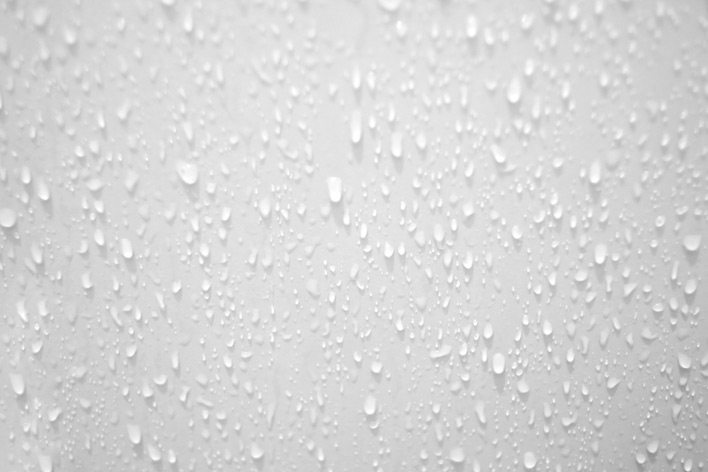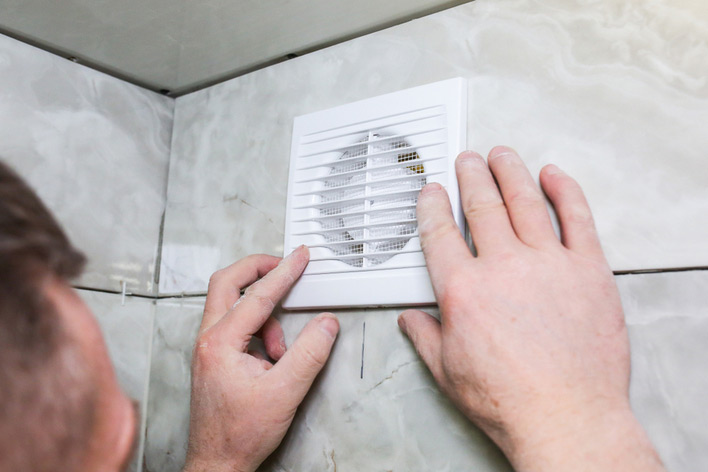How To Prevent Mold

Mold is difficult to remove but easy to prevent. Ventilation is key.
Unwanted moisture and the mold it creates can pose a threat to both the health of your home and the people in it. In addition to creating mold, excess moisture can lead to structural issues such as rot and degradation, and this includes the areas around your windows.
While mold itself doesn’t eat away at wood or other building materials, finding it in your home is a tell-tale sign that you may have some risky levels of moisture inside. Once mold pops up somewhere, the U.S. Center for Disease Control cites reactions in the people who live around it, such as a stuffy nose, wheezing, red or itchy eyes, and skin issues.
Fortunately, mold is both treatable and preventable with the right tools and regular attention. So, let’s look at some of the most effective ways to keep mold out of the house.
Mold is everywhere! (So be careful)

Mold spores are microscopic, float through the air, and are, essentially, everywhere. There are hundreds of thousands of types of mold, but it’s generally unnecessary to test the type of mold you have.
Of course, if you or anyone living at home is experiencing health-related symptoms you think might be caused by mold, or if anyone is allergic to it, it’s vital to consult a doctor or health professional before taking any steps towards prevention or removal. You also want to be sure you don’t ingest any spores that can be released while cleaning. We recommend wearing safety goggles, gloves, and a respirator mask.
Be mindful of moisture

Mold loves moist, warm places. And if you have mold in your house, it doesn’t necessarily mean your home is dirty or unclean, but you may have some moisture issues that should be addressed.
To eliminate excess moisture and prevent mold, try to keep the humidity level in your home below 50%. An air conditioner or dehumidifier can work wonders here. We also encourage you to add mold inhibitors to any interior paint before painting inside. They’re super easy to use, and they’ll work hard to keep your walls from collecting excess moisture once the shower’s on and the sink’s full of dishes.
Clean it up

If you see any mold growing inside, it’s important to clean it up immediately. A little mold can create a lot more in time, so proper cleaning is vital to preventing any mold you have now from spreading elsewhere in the home.
In terms of cleaning, there are numerous products you can use. For hard surfaces like windows, siding, or doors, a rag and some detergent mixed in water can clean things up. If you’re up against stubborn mold or you need to work faster, try something with mold-killing ingredients in it. Bleach, hydrogen peroxide, baking soda, distilled white vinegar, and borax can all kill mold, but caution should be taken when using harsh chemicals like bleach. Check out this guide for an in-depth review of all the best ways to clean mold.
Ensure proper ventilation

After you’ve gotten rid of the mold, it’s time to find out where the excess moisture is coming from and reduce or eliminate it. For any room in the home, particularly the bathroom, proper ventilation will help dry the air and prevent condensation that can lead to mold growth. Opening windows and internal doors, using floor and ceiling fans, and turning on the air conditioner are all ways to help circulate fresh air and decrease the stagnant air moisture that condenses on surfaces. If you live in a humid climate, consider getting a dehumidifier as well.
Stop the leaks (And replace any broken windows)

Since excess moisture gives mold a friendly place to grow, it’s vital to find and fix any leaks you have at home. This includes your roof, walls, plumbing, windows, exhaust fans, laundry vents, and gutters. If there’s an area where you think water may be getting inside, check it, and make sure everything is watertight and dry.
If you have a damaged window frame, broken glass, or loose or missing components from around the window itself, it’s time to replace it with a new window. Any air or moisture that can get inside your home through a broken or damaged window will disturb the environment inside and make it easier for mold to begin colonizing. A properly performing window, on the other hand, will prevent water and air infiltration, allowing you to control the humidity level much easier.
Find more helpful cleaning tips below:
If you’re looking for more home remodeling tips, check out the rest of our blog. It’s filled with inspiring images, clever design ideas, and lots of fun stories about the Window World brand. When you’re ready to talk with one of our expert design consultants about new windows, doors, or siding, we’ll be here.

